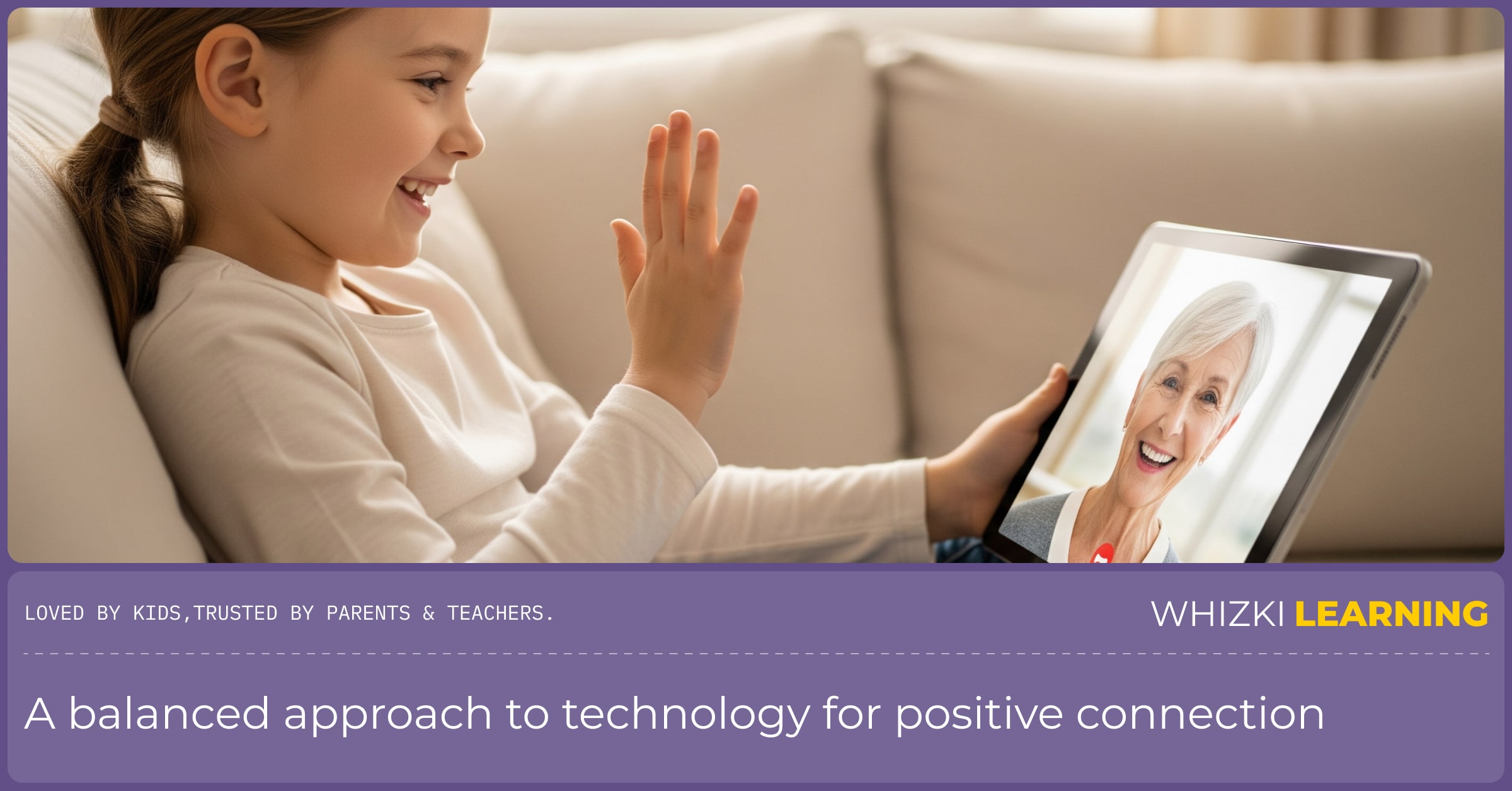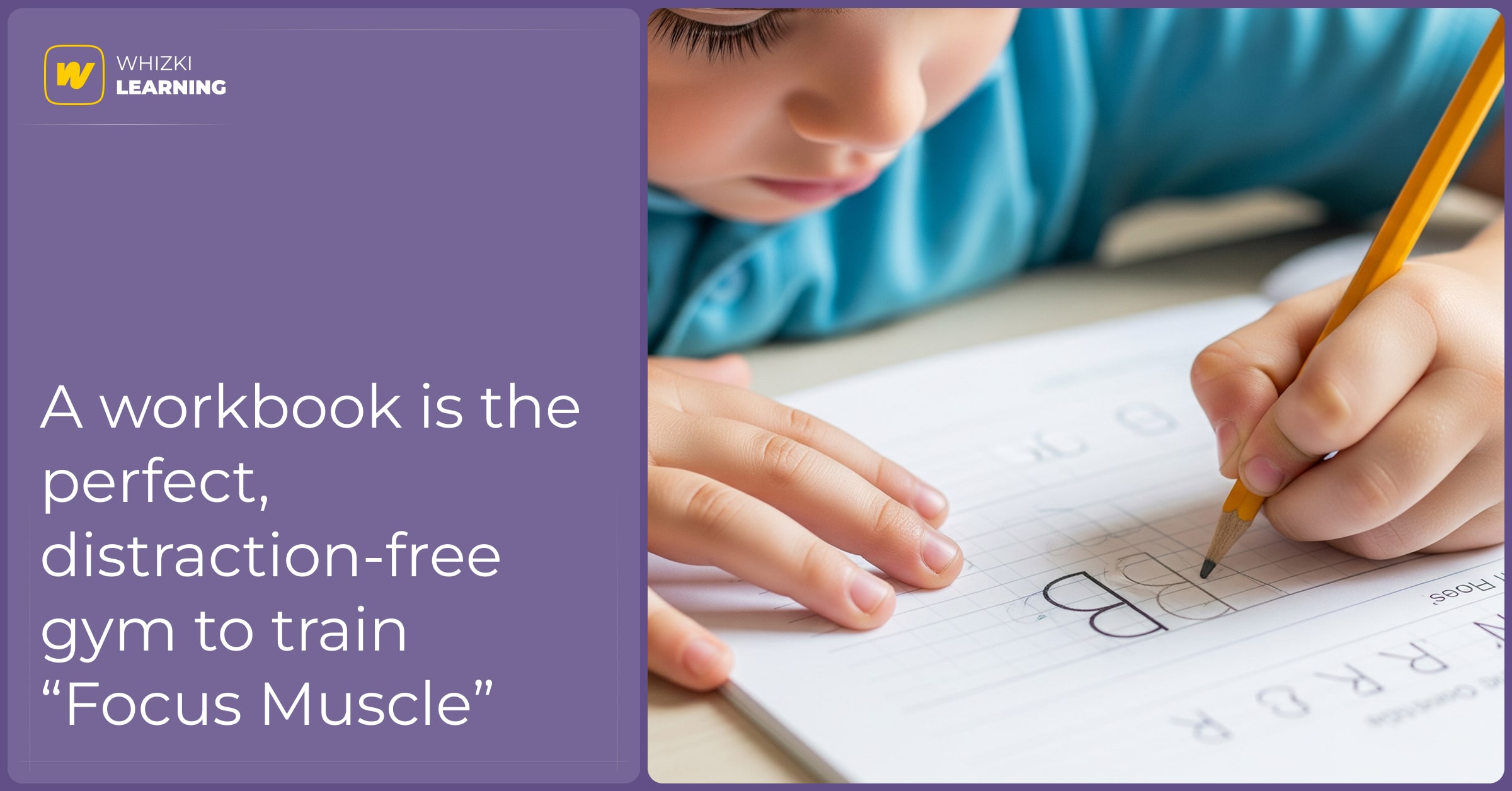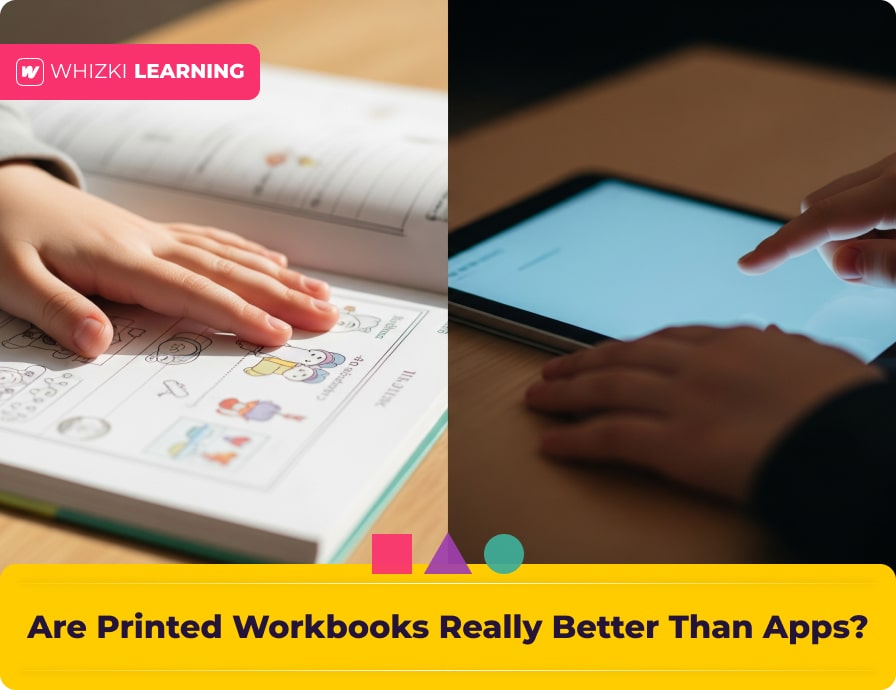You’re standing in the aisle of a store, or perhaps scrolling online. In one hand (or tab), you have a colorful, high-quality printed workbook. It feels substantial. You can flip through the thick pages. In the other, you have your phone, showing a dozen different 'learning apps' for a fraction of the price, promising interactivity and endless fun. The question is inevitable: In the digital age, is a simple paper workbook still relevant? Is it really better?
It’s a question every modern parent asks, and you deserve a real, science-backed answer, not just a nostalgic preference for 'the way things used to be.' As a brand dedicated to the power of print, we have a clear stance, but we believe the most helpful approach isn't to declare war on screens. It's to have an honest conversation.
The great challenge of our time is to make sure technology is a tool that serves human values, not a force that distracts from them.- A modern educator
So let's do just that. We'll start by giving apps their fair due. Then, we'll dive into the powerful, often invisible, science of what happens in your child's brain when they put a real pencil to real paper. The answer might be more fascinating than you think.
The Honest Case for Learning Apps: Where They Shine
To have a credible conversation, we must be fair. Learning apps, when well-designed and used appropriately, do have some real strengths, particularly for narrow, specific tasks.
- Interactivity and Instant Feedback: For drill-based skills like memorizing multiplication tables or identifying letter sounds, an app can provide immediate 'correct' or 'try again' feedback that can be efficient.
- Adaptivity: Some sophisticated apps can adjust the difficulty of problems based on a child's answers, theoretically keeping them in the 'just right' zone of challenge.
- Convenience and Novelty: The ability to have hundreds of activities on a single device is undeniably convenient, especially for travel. The novelty and gamification can be highly motivating for some children.
These are useful features. But they are features that train a specific, limited set of skills. They are, for the most part, training the 'what' of learning. A printed workbook is designed to train the 'how'-the deep, foundational cognitive and motor skills that are essential for all future learning.

The Unbeatable Science of Hands-On Learning: Why Paper Wins for the Brain
Here’s where we move beyond features and into fundamental brain development. The benefits of a hands-on, tactile experience are not just opinions; they are backed by decades of research in neuroscience and occupational therapy.
1. The Power of Touch (Haptic Feedback)
When a child draws a circle with their finger on a glass screen, their brain receives one, simple piece of data: a visual of a circle. When they draw a circle with a crayon on our high-quality paper, their brain receives a symphony of information: the scent of the crayon, the sound of it whispering across the page, the variable pressure needed to make a mark, the temperature of the paper, the slight tremor as their muscles work to control the tool. This rich, multi-sensory experience, called haptic feedback, creates far more robust and cross-referenced neural pathways. It's why our guide to handwriting development is so focused on physical, hands-on play first.
2. Building the 'Focus Muscle' in a Distraction-Free Gym
An app is a 'leaky' environment. It is designed with notifications, alluring animations, and the temptation of other apps just a click away. It trains the brain to be ready for the next interruption. A workbook page is a 'closed system.' It's a quiet, contained universe with a single task. There are no pop-ups. There are no ads. This allows a child to enter a state of deep focus, or 'flow.' As we explored in our article on concentration, this ability to sustain attention on a single task is a muscle, and a workbook is the perfect, distraction-free gym to train it.

3. Developing Spatial Reasoning and Body Awareness
Learning on paper is a physical, three-dimensional act. A child has to orient the book, learn to navigate from left-to-right and top-to-bottom, coordinate their two hands (one to hold the paper, one to write), and apply pressure. These actions build a mental map of their own body and how it relates to the world. Tapping and swiping on a flat, 2D plane, while engaging, does not build these same critical spatial reasoning skills.
4. The Pride of Tangible Accomplishment
A digital 'badge' or 'level complete' screen provides a fleeting dopamine hit. A stack of completed workbook pages is a tangible monument to hard work. A child can hold their finished workbook, flip through the pages, and see the physical evidence of their progress. This creates a profound sense of pride and ownership. It's a powerful lesson in what we call a growth mindset: the belief that effort creates real, lasting results you can hold in your hands.
The Final Verdict: A 'Better Together' Approach
So, are printed workbooks better than apps? When it comes to building the foundational skills of learning-fine motor control, focus, spatial reasoning, and resilience-the scientific answer is a resounding yes.
This doesn't mean you have to throw away the tablet. Think of it like building a house. Apps can be the fun decorations and paint colors you add at the end. They can be a great tool for a quick, fun review. But the strong, sturdy foundation of brick and mortar-the very structure that holds everything up? That's built through hands-on learning. Our US-made educational workbooks are a core part of that foundation.
Our Philosophy: Building the Foundation
At Whizki Learning, we've made a deliberate choice to be part of that essential foundation. Our 'printed workbooks only / no digital downloads' philosophy isn't anti-technology; it's pro-development. We believe in providing a dedicated, high-quality, screen-free space where your child can build the deep, underlying skills they need to thrive in any environment-digital or otherwise. We're not just creating activities; we're helping you build a better brain.






